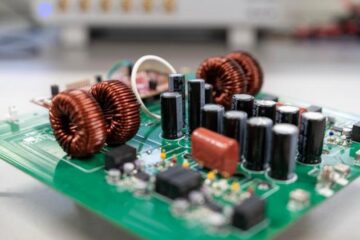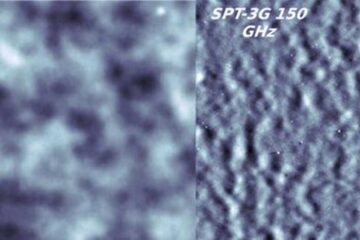Barefoot Running: to Ditch the Shoes Or Not

The reason it could do both, Warden said, has to do with whether you grew up running in standard athletic shoes. The feet of runners land differently, depending on whether one is running in bare feet or in athletic shoes with a big cushion under the heel.
Warden will discuss this topic on Thursday, June 2, at the American College of Sports Medicine meeting in Denver, during the symposium “Barefoot Running: So Easy, a Caveman Did It!”
For those who wish to switch from wearing shoes to running barefoot, there is more to do than throwing away their sneakers, Warden cautioned. Otherwise, the risk of injury could increase.
“The heel cushions and arch supports within modern shoes have made our feet weaker,” Warden said. “The foot has so much support in these shoes that the muscles don't need to work as much as they would otherwise and have grown weaker . . . If you transition to barefoot running slowly and run correctly, so you build up to it, you could decrease the risk of injury over the long term.”
Runners who suffer repeated running-related injuries and can't overcome them through rehabilitation may want to consider switching to barefoot running, Warden said. For recreational runners who are happy running in shoes and don't suffer repeated injuries, there is no need to switch, he added.
“There is no point in changing something that is not broken,” Warden said.
Athletic shoes, with a big cushion under the heel, encourage the runner to strike the ground with heels first. The shoes also place the foot in a down position that makes it difficult to comfortably land on the front part of the foot.
Barefoot running encourages the runner to land on the forefoot or balls of the feet. Barefoot runners could land on their heels, if they chose to, but it would be painful, Warden noted.
When the heel strikes the ground in a shoe, there is an impact force that courses up through the foot and into the body, Warden said. The prevailing theory is that the impact force is related to stress fractures and other injuries associated with running. By decreasing those forces, the risk of injury is reduced.
When barefoot runners' feet strike the ground, the runner is landing on the front or middle of the foot and the heel is lowered to the ground, he noted. The impact force is less and the risk of potential injury is lower.
Warden will discuss the issue in a symposium “Barefoot Running: So Easy, a Caveman Did It!” on Thursday, June 2, from 2-2:25 p.m. MDT in Wells Fargo Theatre 1. He is presenting with two Harvard University researchers, Daniel Lieberman and Irene Davis, who co-authored a research paper last year on the topic.
Warden can be reached at stwarden@iupui.edu or 317-679-4998. For additional assistance, contact Rich Schneider at 317-278-4564 and rcschnei@iupui.edu.
Media Contact
More Information:
http://www.iupui.eduAll latest news from the category: Health and Medicine
This subject area encompasses research and studies in the field of human medicine.
Among the wide-ranging list of topics covered here are anesthesiology, anatomy, surgery, human genetics, hygiene and environmental medicine, internal medicine, neurology, pharmacology, physiology, urology and dental medicine.
Newest articles

Skyrmions move at record speeds
… a step towards the computing of the future. An international research team led by scientists from the CNRS1 has discovered that the magnetic nanobubbles2 known as skyrmions can be…

A flexible and efficient DC power converter for sustainable-energy microgrids
A new DC-DC power converter is superior to previous designs and paves the way for more efficient, reliable and sustainable energy storage and conversion solutions. The Kobe University development can…

Technical Trials for Easing the (Cosmological) Tension
A new study sorts through models attempting to solve one of the major challenges of contemporary cosmic science, the measurement of its expansion. Thanks to the dizzying growth of cosmic…





















